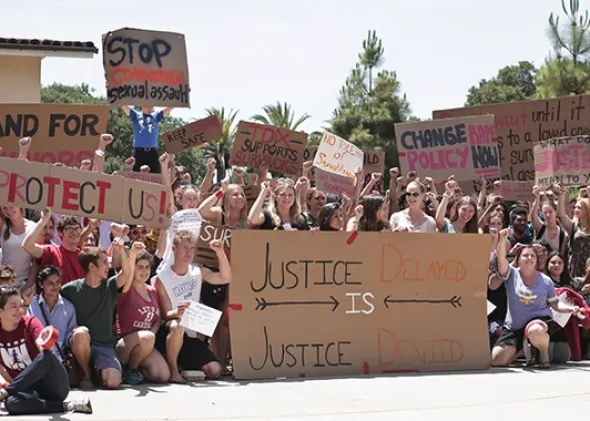Table of Contents
According to the Mercury News, Stanford and Roche Holding AG, a pharmaceutical company, both argued in front of the Supreme Court today over a case concerning the ownership of the patent for an AIDS test. Mark Holodniy created the test, but when he created it, both Stanford and a private corporation, Cetus (later purchased by Roche), owned the rights to his inventions.
Normally, inventions created with any help from federal funding fall under the purview of the Bayh-Dole Act, which gives non-profits and universities the rights to intellectual property created by employees with the use of federal funding. Stanford’s patent policy states:
All potentially patentable inventions conceived or first reduced to practice in whole or in part by members of the faculty or staff (including student employees) of the University in the course of their University responsibilities or with more than incidental use of University resources, shall be disclosed on a timely basis to the University. Title to such inventions shall be assigned to the University, regardless of the source of funding, if any.
The case hinges on the legal decision of whether or not an individual can transfer his title to another firm when his title belongs to the university at which he works. But it will likely also require the court to interpret the Bayh-Dole Act. In the case, Justices Scalia, Kagan, and Ginsburg seemed skeptical of Stanford’s argument, introducing hypothetical situations for the Stanford counsel to defend.
Should the university own the title to federally funded research conducted with the use of Stanford resources?
From Stanford’s perspective, it is hard to make a case against the university choosing to own the rights to an invention created with funding from the university. This scenario mirrors that of any private firm that agrees with its employees that the rights to inventions by the employees will be assigned to the firm. The important concept that must be reviewed is whether the party enabling and funding the invention, or the party whose intellectual power actually created the invention, should have the right to the invention.
Arguably, this assignment of property rights to the firm is a necessary component of a well-functioning economy. If the inventor and not the firm kept the rights, then research and development in the United States would devolve into an inefficient system that enfeebles companies that normally drive development. A university using federal funds to enable research creates a sort of economy of scale, something for which in principle, Stanford should receive some type of compensation.
On the other side, one must ask those slippery-slope questions of when and how an idea is conceived in the mind of an inventor. What happens if the university and a firm both contribute to the development of the idea? How much of the idea was really developed with the help of Stanford facilities?
The Mercury article quotes Basel, another pharmaceutical company, that argues a ruling in Stanford’s favor “would reduce opportunities for the public to benefit from the invention.” Should the government (in this case the Supreme Court) use a utility argument to determine who owns the title to research conducted with government funding?
The Court will rule on the case this summer.





